How to describe the East Anglian coastline and the region’s network of waterways? As someone who has lived on the Suffolk Heritage Coast all my life, I could sum them up in one simple word: home.
I’d go on to let you know about the swathes of pale golden sand dunes, the pebbles polished by the mighty North Sea, the gloriously gloopy mud flats, pretty river valleys, the Broads, seals, seabirds and sailing boats. Then I’d talk about the food, from Cromer crabs and the catch of the day to fish and chips and salty samphire. All these things combine to make East Anglia a haven for those who love being in, on or by the water.
The landscape is diverse. You can enjoy the bustling vibe of attractive towns and villages or soak up the atmosphere of vast open beaches that seem to stretch to the horizon at low tide. There are numerous hotspots, all with their distinct charm and story to tell.
For example, our research team’s most recent analysis of property on Britain’s coast puts Aldeburgh and Southwold in Suffolk and Wells-next-the-Sea in Norfolk within the top 10 ‘ultra prime’ coastal locations with a premium above the county average of 100.7 per cent, 64.5 per cent and 87.9 per cent respectively.
Woodbridge in Suffolk features among the top 10 prime locations with a premium of 31 per cent, while Burnham-on-Crouch in Essex is identified as an emerging hotspot.
Here is a selection of what East Anglia has to offer. However, do bear in mind though that not all prime houses come to the open market.
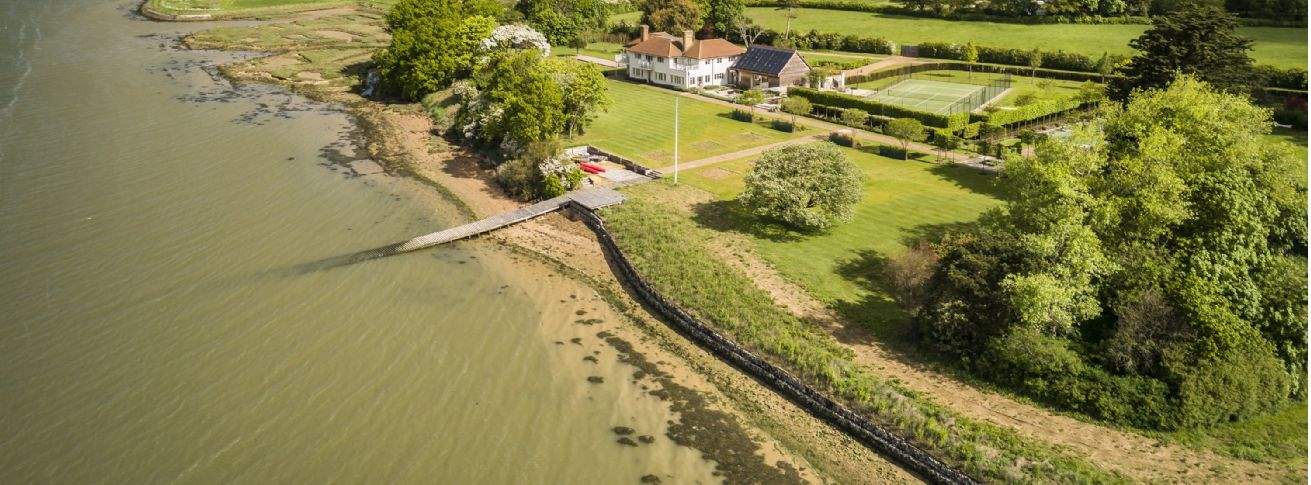
.jpg)

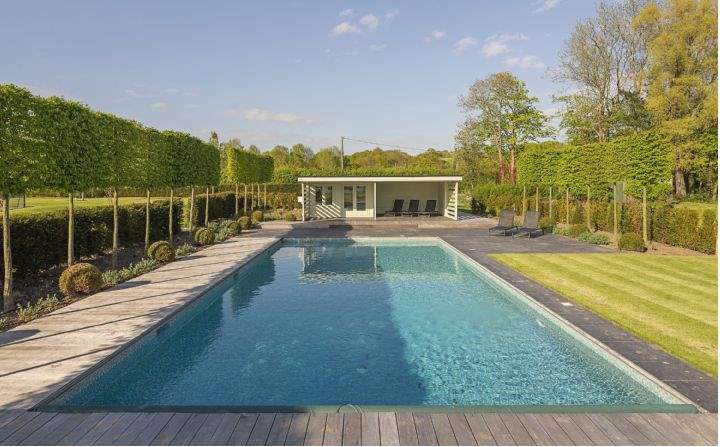
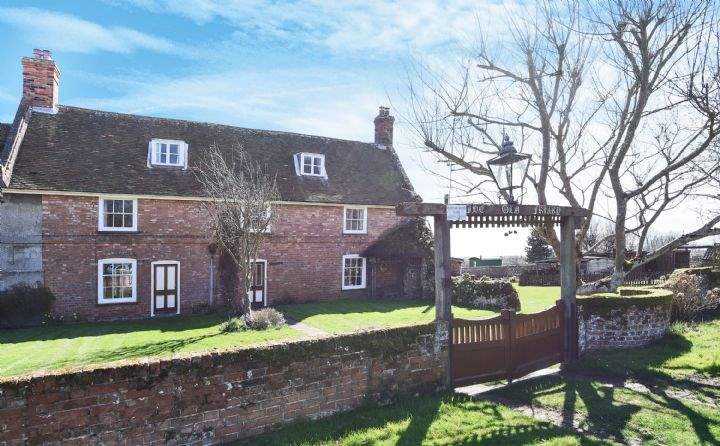
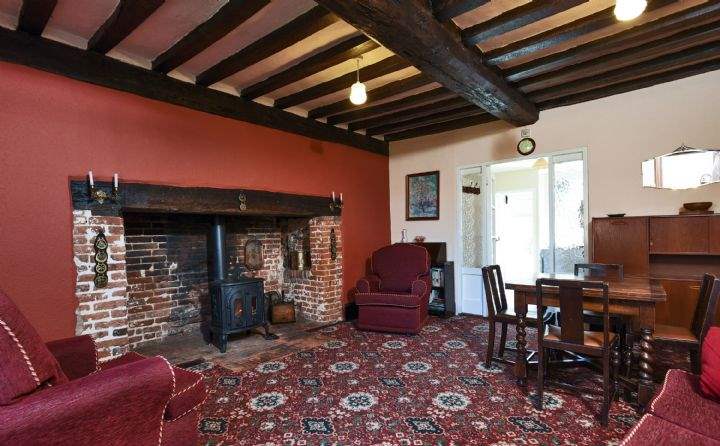
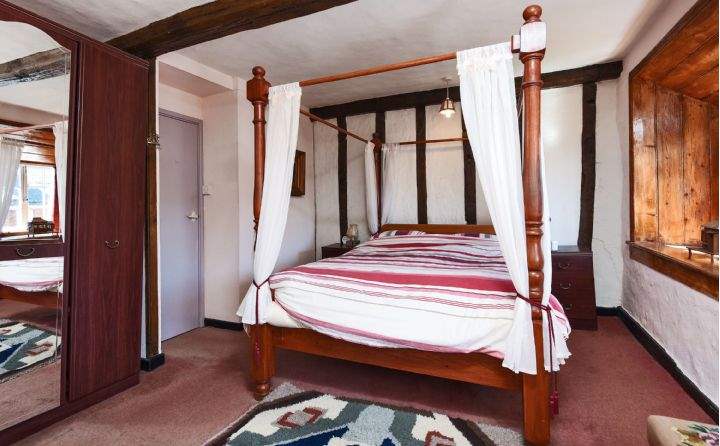
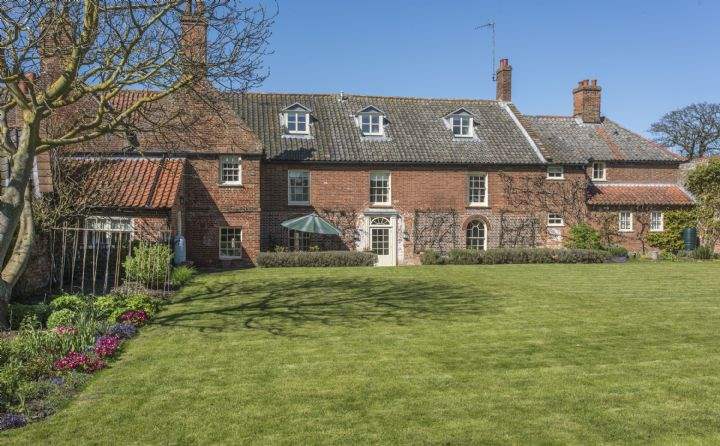

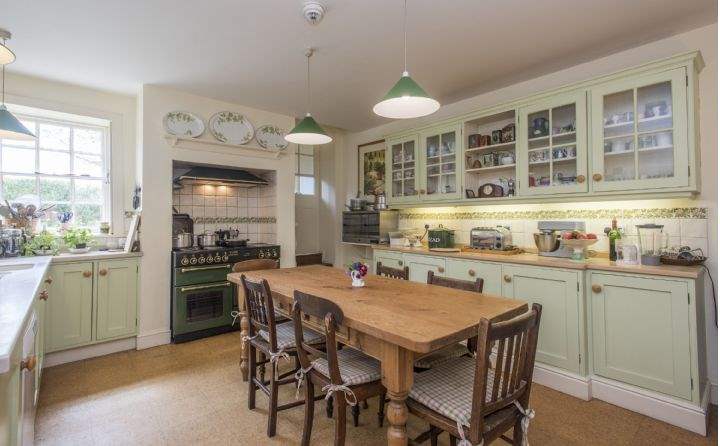
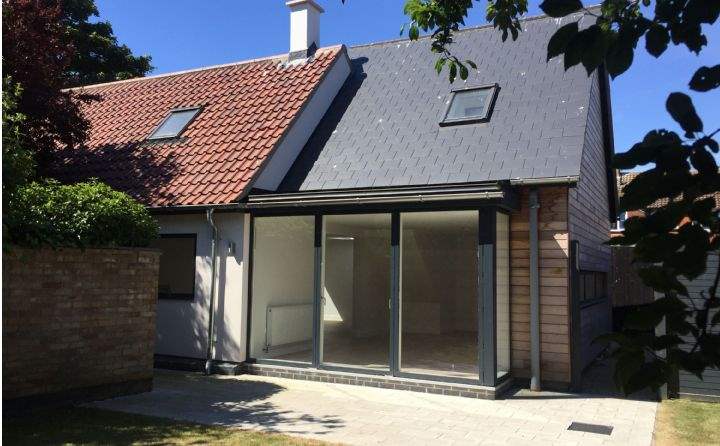
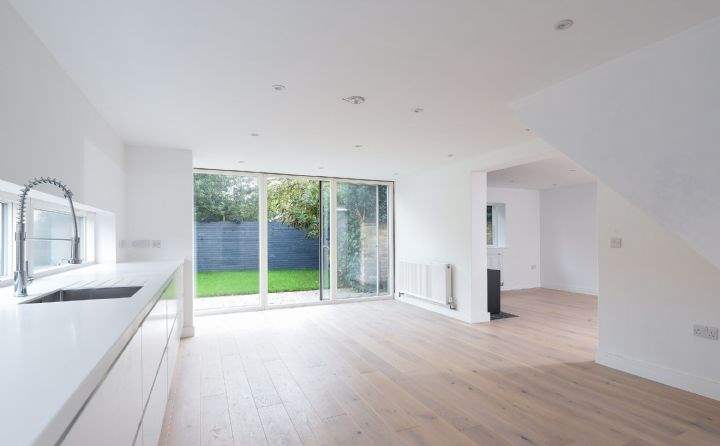
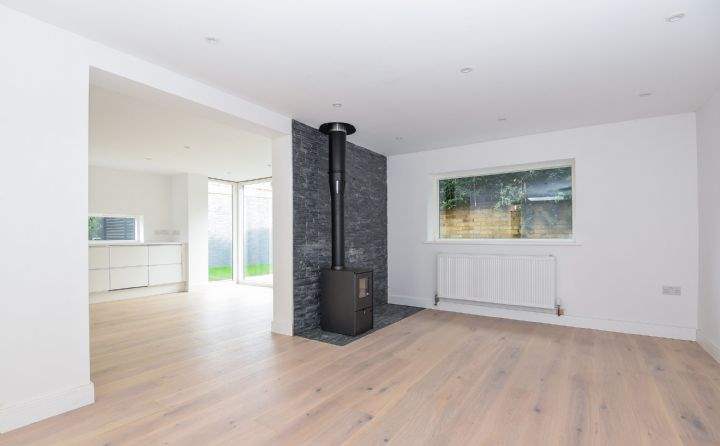

(2).jpg)
.jpg)
.jpg)




.jpg)
.jpg)